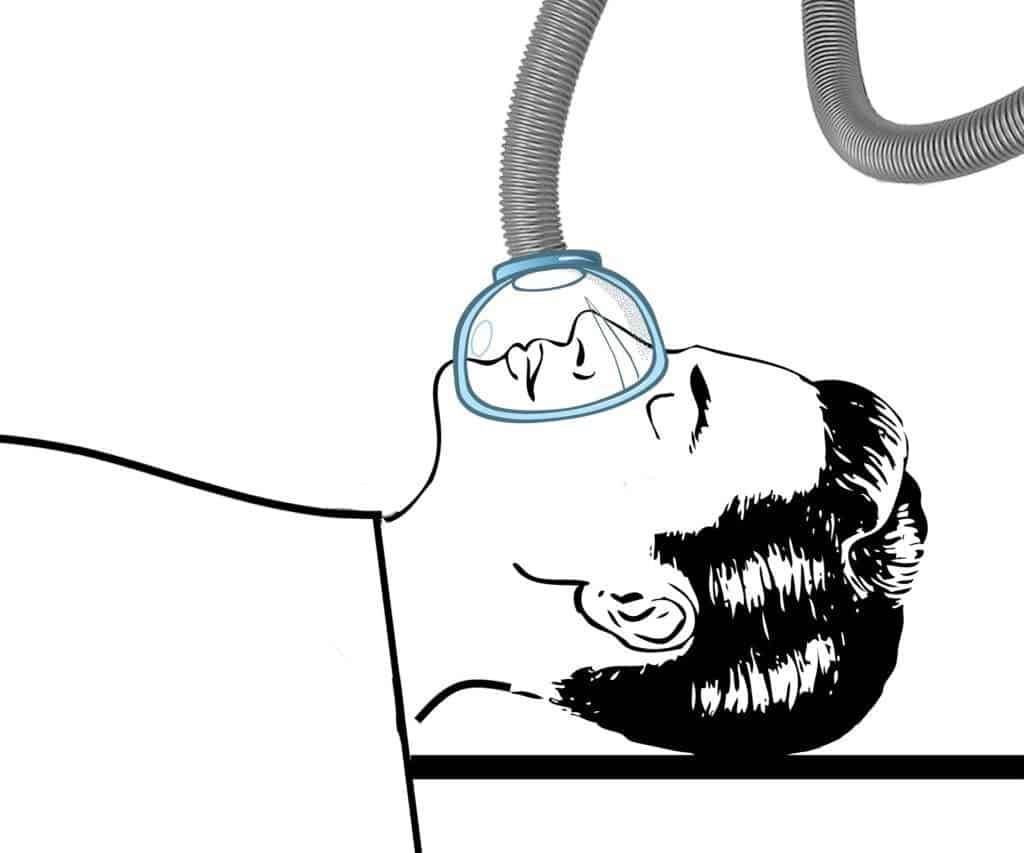Times are tough for everybody — but are they ‘recycle our anesthetics’ tough? A team of researchers says yes.
Healthcare can be an important source of greenhouse gas emissions. It accounts for around 5% of all emissions in the UK, for example, or around 10% for the US, a new study from the University of Exeter explains. Inhaled general anesthetics make up a significant part of that, as they are potent greenhouse compounds and very little of them are broken down in the bodies of patients.

The authors explain that recycling these substances can thus have a meaningful and beneficial effect on the climate. An hour-long administration of two common anesthetics, sevoflurane and desflurane, produce around 1.5 and 60kgs of carbon dioxide equivalent, they add. However — these figures don’t take into account emissions from the anesthetics’ manufacturing process, meaning the total figures are much higher.
Running on fumes
What the authors propose is that inhalable anesthetics would be recycled after every use. This would both limit their greenhouse effect in the atmosphere and reduce emissions from manufacturing as lower quantities would be needed overall. They suggest doing this through the use of new vapor-capture technology to harvest, purify, and eventually remarket the anesthetics.
“Our results are an important step in supporting healthcare providers to reduce their carbon footprint. To reduce the carbon footprint of inhalational anesthetics, this study encourages the continued reduction in the use of nitrous oxide and recommends a wider adoption of anesthetic recycling technology,” said lead author Dr. Xiaocheng Hu, of the University of Exeter Medical School.
The study builds on previous analyses around the carbon footprint of inhalable anesthesia including sevoflurane, isoflurane and desflurane, the footprint associated with the use of nitrous oxide, and the carbon footprint of injectable anesthetic Propofol.
Modeling (using typical gas combinations used for anaesthesia in the UK) revealed that sevoflurane and propofol have roughly similar footprints. This likely comes down to the fact that sevoflurane is generally administered mixed with oxygen through a recycling feed. When taking into account their manufacturing processes, however, the carbon footprint of sevoflurane was much higher, similar to that of desflurane. The authors add that nitrous oxide has a disproportionately high effect on the total carbon footprint of anesthesia.
The carrier gases these compounds are delivered in also have an important effect on their final carbon footprint. An air-oxygen mix, according to the team, produces fewer emissions than nitrous oxide. The research showcases why it’s important to consider manufacturing processes as well when calculating a good’s environmental impact. It also goes to show that, at least as far as aesthetics are concerned, this has been underestimated so far.
At the same time, such research might usher in the age of recycled anesthetics — which sounds a bit strange. But hey, if it helps the polar bears, I’ll take it. It’s not like I’m going to feel any difference.
The paper “The carbon footprint of general anaesthetics: A case study in the UK” has been published in the journal Resources, Conservation and Recycling.









